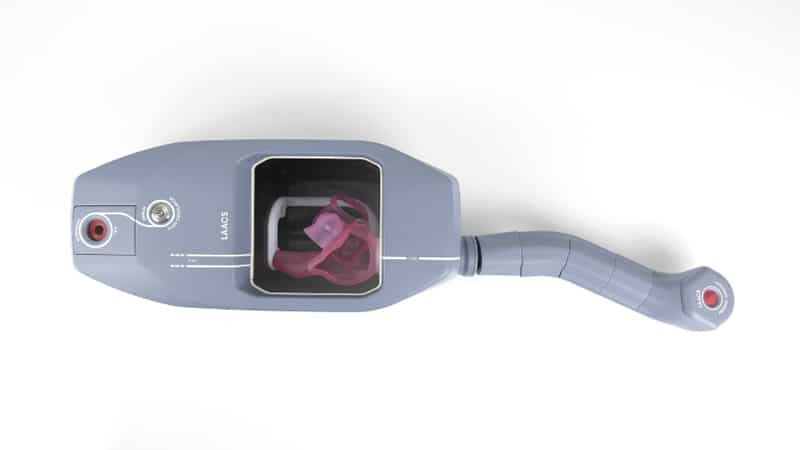Image Source: 3d natives
One of the applications of 3D printing is medical field. Biomodex, a Boston and Paris based digital health company offers 3D printing solutions for patient-specific rehearsal and physicians advanced training. Recently they launched the Transseptal Puncture Training Solution which is used for treating different cardiac conditions. The next-generation training system was developed to simulate the feel, friction, and haptic feedback of real heart tissues and blood vessels.
3D Printing in the Medical Field: 3d printing technologies are used in the medical sector. During COVID-19 3D printing played a crucial role in providing PPE, ventilators and 3D printed swabs for testing. Customization is one of the major benefits of 3D printing in the medical and dental field for a variety of products. Even the surgeons are also using 3D printing technology to create implants and more. Finally we can say that 3D printing is also used in training, where companies like Biomodex come into existence. It was founded in 2015 with the idea of developing 3D printing solutions. With the help of these solutions we can get better patient outcomes and safe surgeries. The Transseptal Puncture Training Solution is the latest advancement. Bill Perusek, Vice President of Boimodex’s stated that ” The volume of TP procedures has been on the rise due to increasing incidences of a trial fibrillation and other structural heart disease. Our aim is to provide a realistic and modern training solution that can shorten the learning curve for this demanding procedures, and enable more physicians to advance their skills more quickly.”
Transseptal Puncture is a procedure that allows cardiologists and electrophysiologists to gain access to the left atrium of the heart to treat a number of cardiac conditions. This method is designed not only to simulate real heart tissues and blood vessels, but is compatible with advanced technology reducing the risk for patients. The cartridges are 3D printed with technologies such as INVIVOTECH and ECHOTECH. Dr.Jaun F. Granada, President and CEA commented that “Adoption of emerging structural heart technologies requires the operators to receive more specialized training to further industry adoption. Biomodex’s latest solution offers an innovative alternative over traditional training methods because it enables physicians to gain experience by working on humanized models and using clinically adopted imaging tools in a real cath-lab environment.”
He concludes by noting the importance of 3D printed models “Due to the fact the training models are 3D printed, we can adapt training to address more complex anatomies or specific technical challenges.” Let’s look forward to see what innovations will be coming for 3D printing in the medical field.
